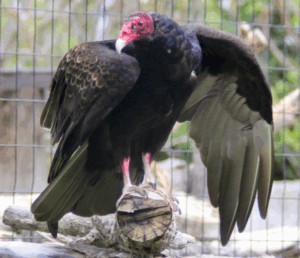Polar Bear Swim
June 21, 2025, marks the 51st annual Polar Bear Swim, celebrated in Nome, Alaska, on the Saturday closest to the summer solstice (on June 21). Unlike many places in the USA’s lower 48 states (and Hawaii, of course), where taking a dip in the middle of June is a pleasure, splashing in the Bering Sea is not for the faint of heart. (Just ask anyone who’s survived falling overboard on Deadliest Catch.)

The water is barely above freezing. In fact, in some years, the swim has been rescheduled because the ice hasn’t broken up enough to allow participants to wade in from Nome’s East End Beach. (Rush in and rush right back out is a more accurate description.)
The Polar Bear Swim is part of the Midnight Sun Festival, held in Nome during the summer solstice when the sun shines for 22 hours a day. Other festival events include the Gold Dust Dash, a four-mile foot race to win a gold nugget; the Midnight Sun Parade, with prizes for the best floats; and the Midnight Sun Annual Bank Robbery, a mock holdup of Wells Fargo Bank at high noon by gunslinging outlaws.
At 2 pm, roughly 100 people are expected to brave the icy water in bikinis, Speedos, and various costumes. A bonfire will be built on the beach, allowing everyone to warm up quickly after leaving the water. All swimmers will receive a certificate of achievement and join the ranks of those who have taken the plunge since 1975.
Whether it sounds like a rollicking good time or makes you want to dive under an electric blanket, there’s no doubt Nome’s Polar Bear Swim is a wacky holiday to rival Canada’s International Hair Freezing Day.
So jump in and tell your friends, “Come on in, the water’s f-f-f-freezing!”




 1. the blossom of a plant
1. the blossom of a plant Today is May Ray Day. Its goal is simple. If you look out the window and it’s sunny, go outside and enjoy it. (Common sense tip: If you’re in the middle of a business meeting, driving a car, or standing anywhere above the first floor, wait for a more appropriate time and place to step outside.)
Today is May Ray Day. Its goal is simple. If you look out the window and it’s sunny, go outside and enjoy it. (Common sense tip: If you’re in the middle of a business meeting, driving a car, or standing anywhere above the first floor, wait for a more appropriate time and place to step outside.)